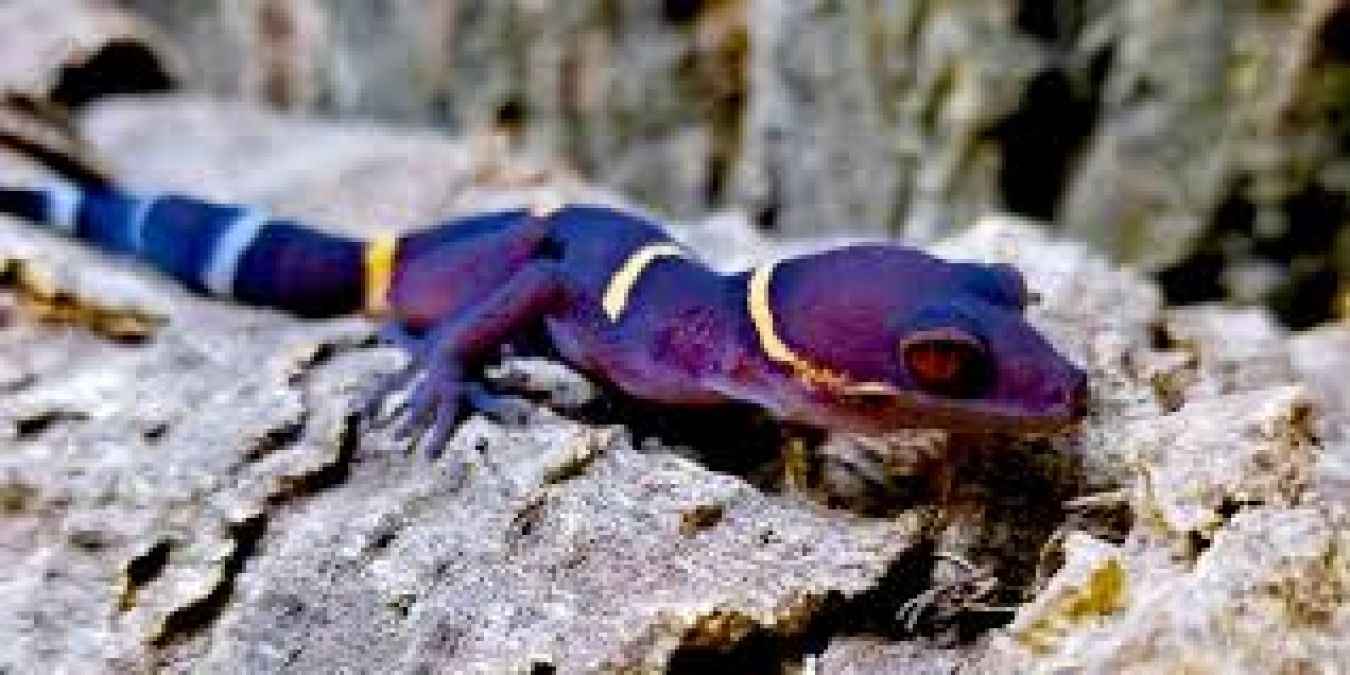Amazing Facts: Fun Facts about Gecko
tyle="text-align: justify;">There are several fun facts about geckos that will interest both adults and children. Here are a few of reptile’s bizarre facts that will surely kindle your imagination.
- Geckos can vary greatly in length. The smallest (Jaragua sphaero) is tiny, just under two centimeters in length. However, some species can grow up to 60 centimeters. The largest ever discovered, the Kawekaweau from New Zealand, is sadly now extinct.
- Most species of geckos are nocturnal. They have a lens in each iris that enlarges in darkness, making their eyes over 350 times more sensitive to light than ours.
- The name comes from the Indonesian Malay language – gekoq. Even in this language it is not a real word, but an imitation of the chirrups that the gecko makes when interacting with others of its species.
- Geckos are capable of climbing on leaves, trees and walls, irrespective of their surface texture or perpendicularity. In the exhibitions, we see a few of them adhering to the glass walls of their cages. It is the microscopic sticky hairs under their feet, which gives them this extraordinary adhesion and not suction or glue. On shifting their feet to a particular angle, the hairs pop off, permitting them to dart away. When geckos scramble up your arm, you will feel like sandpaper rubbing your skin.
- Even though Geckos seem stealthy, they make diverse sounds. Occasionally they tweet, whistle, and screech to express suffering, declare their region, or call their mate. Few geckos cause friction between their scales and imitate poisonous snakes by which they ward off possible predators.
- Leopard geckos get their name from the leopard-like spots that cover the backs of adult leopard geckos.
- Leopard geckos are indigenous to the Middle East and parts of Northern India.
- The most notable trait of leopard geckos is their unusually gentle disposition.
- You will not find a gecko in possession of eyelids. They have a transparent membrane instead. So that they can keep it clean you will see geckos lick their eyes. No one really knows if they can sense this or the membrane is insensitive enough for them to lick without feeling a thing. We know it doesn’t hurt, however: they wouldn’t do it otherwise!
- When a gecko sheds its tail, many will return later to see if it is still there. If it is then they will eat it. This is because the gecko uses part of its tail to store nutrients so that it can get through lean times when food is scarce.
- Unlike many species, the gecko thrives around humans. In warm regions of the world the arrival of gecko in to the home is greeted as a sign of good luck as they can help rid the house of unwelcome insects – they love a bit of mosquito for supper.
- Geckos also secrete a liquid from a special gland. The gland enables them to excrete and absorb liquid according to the surface that they are on at any given time. In this way the liquid allows for maximum adherence to that surface.
